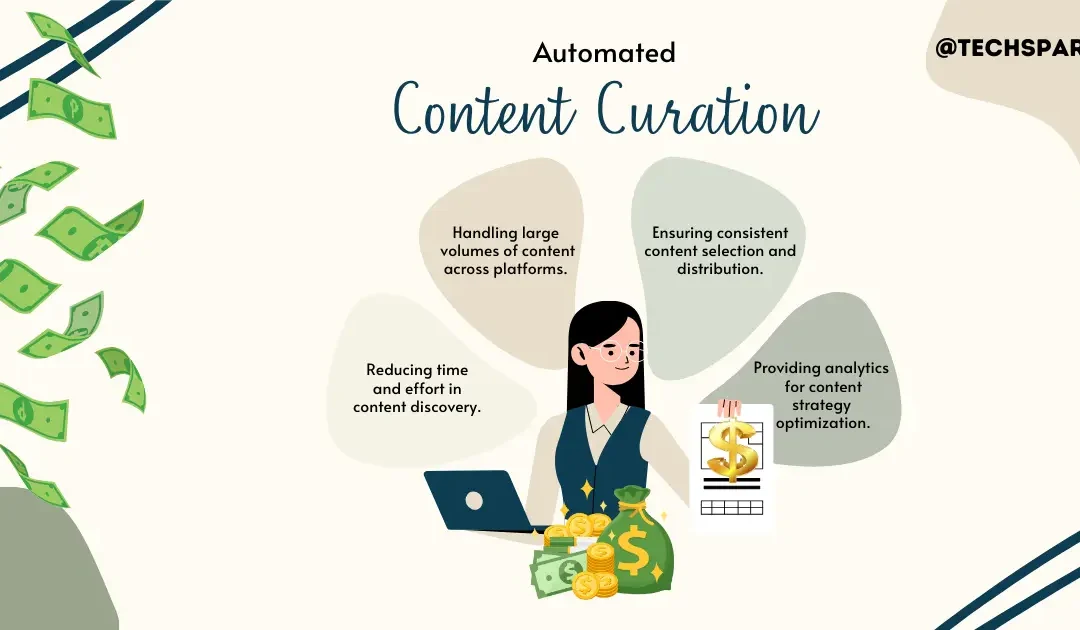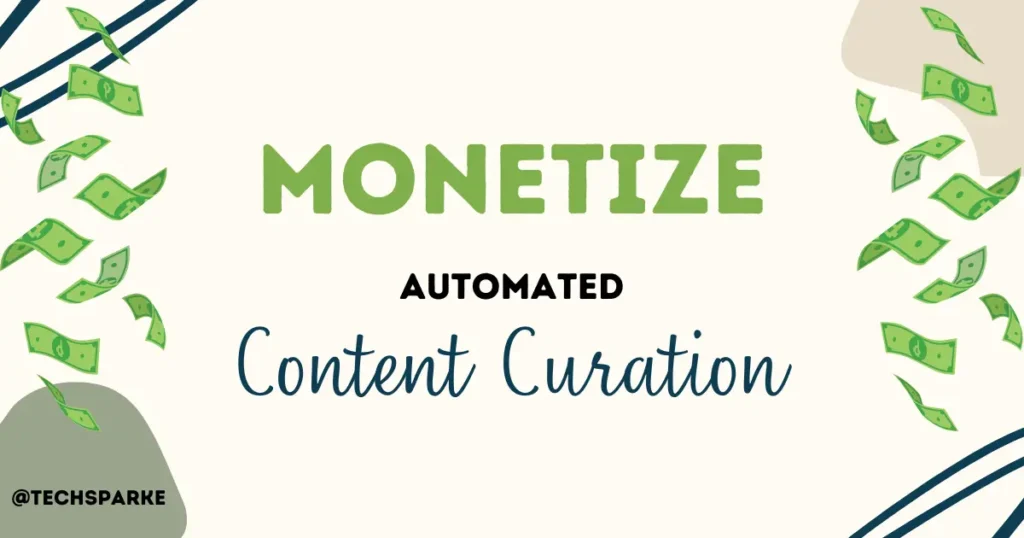
The Ultimate Guide to Curating Digital Content Like a Pro 2024
Creating captivating and Curating digital content is crucial for any online presence. But just as important as creating original content is the art of curation.
In today’s fast-paced digital world, a content curator reigns supreme, meticulously selecting and organizing the most relevant and highest quality content to engage their audience.
For content creators, website curators, and especially those dedicated managers navigating the curation process, this guide is tailored to elevate your skill set.
Skip to
Introduction to Digital Content Curation
Content curation entails gathering, organizing, and sharing relevant content from various sources to target a specific audience. It is about cutting through the noise to present helpful information in an understandable format.
Importance of Curating Digital Content
In this age of information overload, curated content stands out as a beacon of clarity among the noise. Curators provide audiences with curated collections tailored to their preferences by removing irrelevant or low-quality content, saving them time and effort searching for valuable resources.
Why Curating Digital Content Matters
Digital content curation entails more than simply filling gaps in your content calendar. It is a strategic approach that adds value to your audience. Curated content can:
- Position yourself as a thought leader in your field.
- Keep your audience informed with the latest trends and insights.
- Give your SEO a boost with fresh, relevant content associated with your brand.
- Encourage engagement and spark conversations around hot topics.
Effective Curation builds trust and authority with your audience, ensuring they turn to you first for the latest in your industry.
The Role of a Content Curation Manager
Responsibilities and Skills Required
In content marketing, a content curation manager holds a vital position. Their job involves several key responsibilities:
Identifying relevant topics and themes for content curation means staying on top of industry trends, understanding the audience’s interests, and knowing what content will resonate with them.
Researching and sourcing high-quality content from various channels: It’s not just about finding content; it’s about finding the best content. It requires scouring through different sources, such as blogs, articles, videos, and social media platforms, to uncover gems that captivate the audience.
Organizing curated content into meaningful categories or collections: Once the content is gathered, it must be collected to make it easily accessible and understandable for the audience. It might involve categorizing content based on topics, themes, or formats.
Analyzing audience engagement and feedback to refine curation strategies: The job doesn’t end with sharing content. A content curation manager needs to track how the audience interacts with the curated content and what they like or dislike and use this data to continuously improve the curation process.
To thrive in this role, content curation managers must possess a specific set of skills:
Excellent research skills: This is the foundation of content curation. A content curation manager should be adept at finding relevant and high-quality content from various sources.
A keen eye for quality content: With so much online content, distinguishing between mediocre and exceptional content is crucial. A content curation manager should be discerning to identify content that adds value and resonates with the audience.
Deep understanding of the target audience: Successful content curation is all about catering to the needs and interests of the audience. A content curation manager should deeply understand their audience’s preferences, behaviors, and pain points to curate content that truly resonates.
By combining these skills with a passion for content and a dedication to serving the audience, a content curation manager can effectively drive the content marketing strategy of an organization and create meaningful connections with the audience.
Best Practices for Curating Content
Here’s where the art of Curation truly shines. Your Curation should be:
Thoughtful: Select content that aligns with your audience’s interests and values rather than sharing anything and everything.
Diverse: Mix up the types of content you share articles, videos, infographics, podcasts, and more offer variety and appeal to different learning styles.
Credible: Only share content from reputable sources. Your Curation is a reflection of your discernment and brand integrity.
Attributed: Always give credit where credit is due. Proper attribution avoids plagiarism and fosters relationships with original content creators.
Website Curator
The first question that comes to mind is, “What is a Website Curator,” and how does it work?

So, Let’s start with
What is Website Curation or Website Curator?
Website curation involves selecting, organizing, and presenting content from various sources on a website to provide value to visitors. It’s about handpicking the most relevant and high-quality content and delivering it coherently and engagingly.
How to Curate Website Content:
Identify Your Audience and Niche: Before curating content, it’s essential to understand your target audience and the specific niche or topic your website covers. It helps select content that resonates with your audience’s interests and needs.
Find Reliable Sources: Find reputable sources that consistently producing high-quality content within your industry or niche. It can include blogs, news websites, industry publications, and social media channels.
Select Relevant Content: Once you have identified potential sources, sift through the content to find pieces that align with your website’s theme and provide value to your audience. Consider factors such as relevance, timeliness, accuracy, and uniqueness.
Add Value Through Curation: More than just sharing content is needed; adding your insights, commentary, or context is what sets your curated content apart. Provide your perspective on why the content is relevant or how it relates to current trends or discussions in your industry.
Organize and Present Content: Organize curated content into categories or sections on your website to make it easily navigable for visitors. Use clear headings, tags, and descriptions to help users quickly find the content they’re interested in.
Update Regularly: Keep your curated content fresh and up-to-date by adding new content and removing outdated or irrelevant material. It shows visitors that your website is actively maintained and remains a valuable resource.
Tools And Platforms for Curating Digital Content
Utilizing the right tools and platforms for content curation can significantly enhance your efficiency and effectiveness. Here’s a breakdown of the tools and platforms for Curating Digital Content:
Social Media Platforms
Examples: Twitter, LinkedIn, Pinterest
Social media platforms are invaluable resources for discovering and sharing curated content with your audience. Let’s delve into each platform:
Twitter: With its real-time nature and vast user base, Twitter is ideal for staying updated on the latest news, trends, and content in your niche. You can curate content by retweeting, quoting tweets, or sharing links to articles, blogs, or videos relevant to your audience.
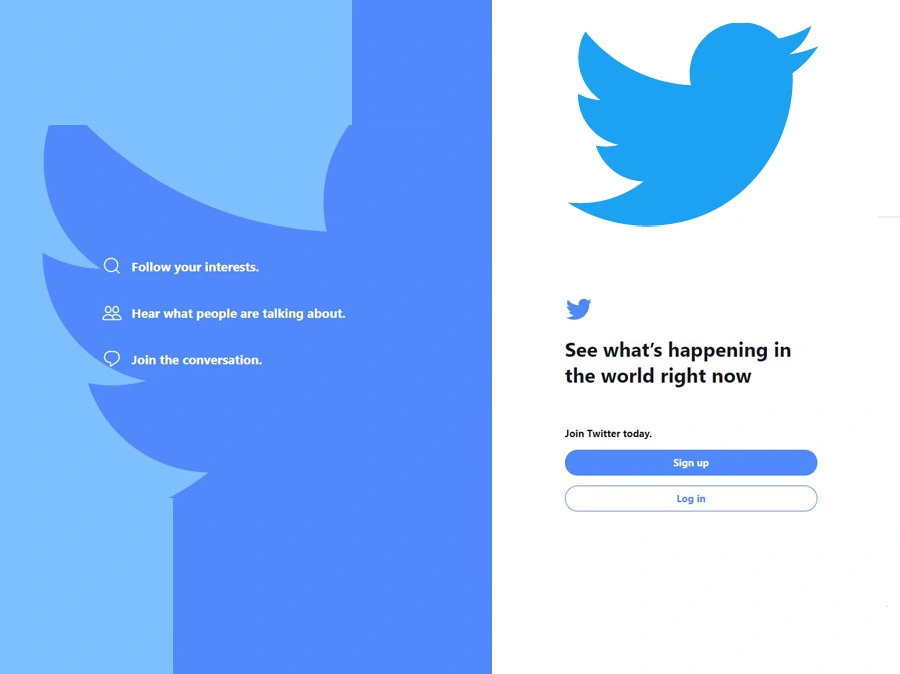
LinkedIn: Often regarded as a professional networking platform, LinkedIn is a goldmine for industry-specific content. You can curate content by sharing articles, industry reports, and thought leadership pieces and engaging in discussions within relevant LinkedIn groups.
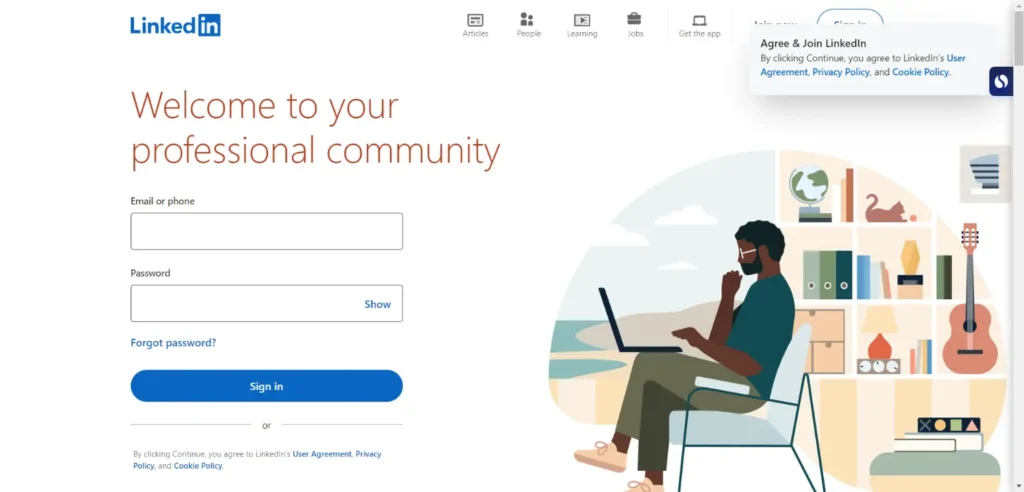
Pinterest: While primarily known as a visual discovery platform, Pinterest is an excellent tool for curating and organizing content in a visually appealing manner. You can create boards around specific topics or themes and pin articles, infographics, tutorials, and inspirational content for your audience to explore. Earn from Pinterest.
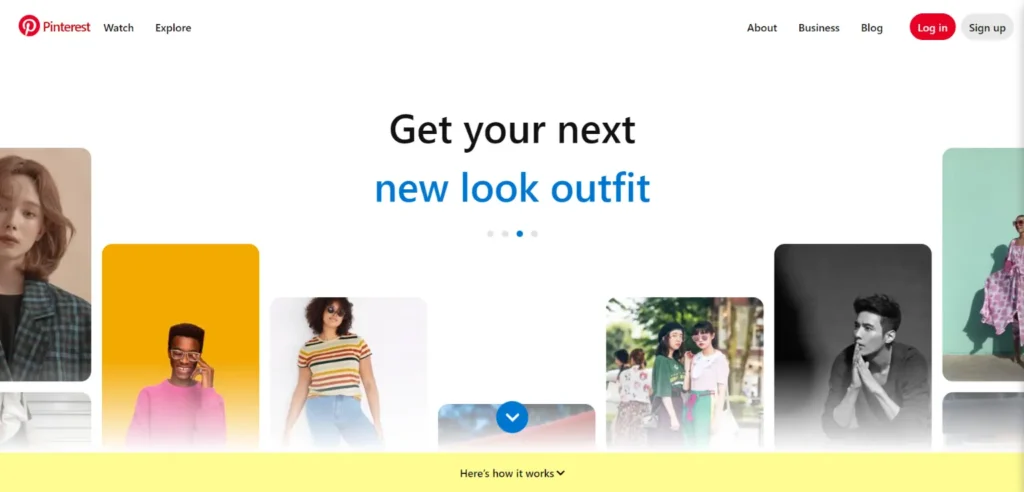
Content Curation Tools
Examples: Pocket, Flipboard, Feedly
Content curation tools are designed to streamline the process of discovering, saving, and organizing content from across the web. Let us have a closer look at each tool:
Pocket: Pocket is a “save for later” tool that allows you to bookmark articles, web pages, videos, and other content from your browser or mobile device.
You can organize your saved content with tags and categories, making it easy to access and share with your audience.
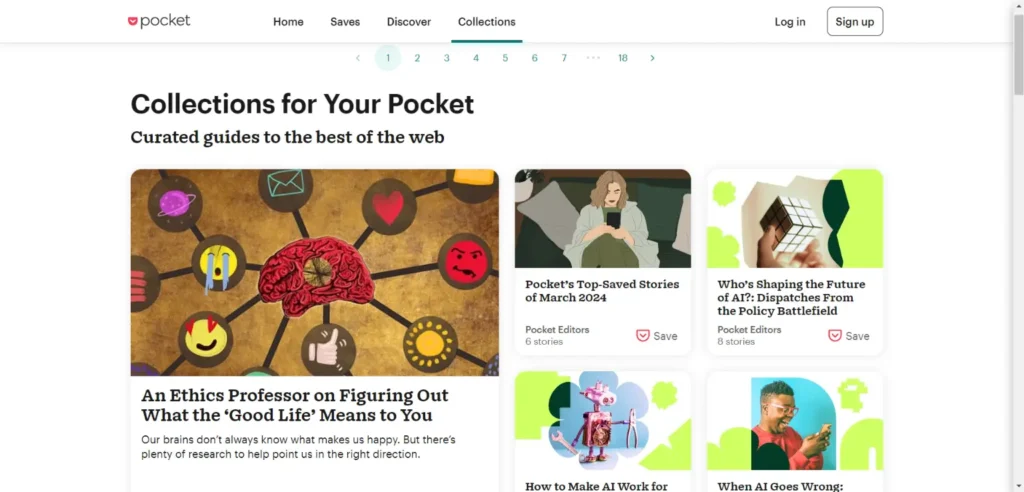
Flipboard: Flipboard is a personalized news aggregator that curates content based on your interests and preferences. You can create custom magazines or “flipboards” by selecting articles, blog posts, images, and videos from various sources.
Flipboard also offers social features, allowing you to follow other users and collaborate on curated collections.
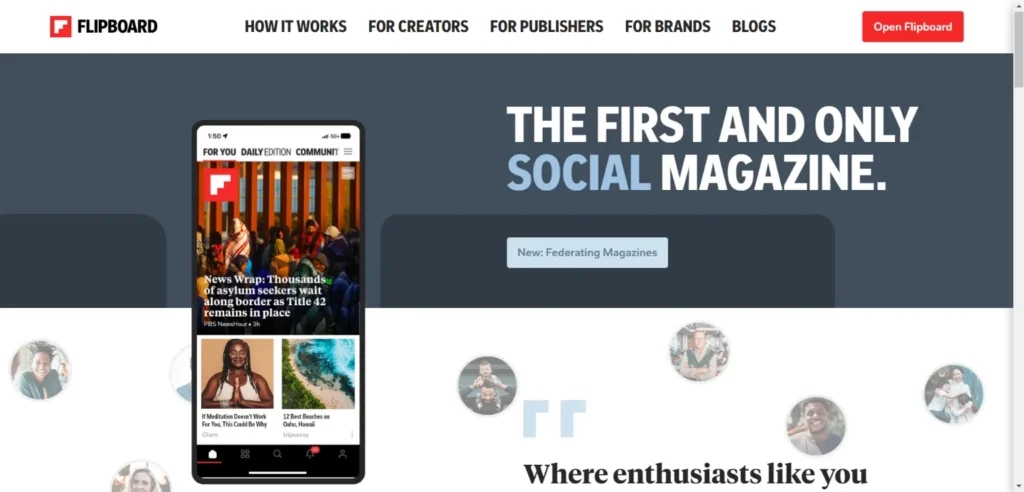
Feedly: Feedly is an RSS reader that consolidates content from your favorite websites, blogs, and publications into one convenient feed.
You can subscribe to RSS feeds or search for specific topics to curate a tailored collection of content. Feedly also offers organizational features like folders and tags to manage your curated content effectively.
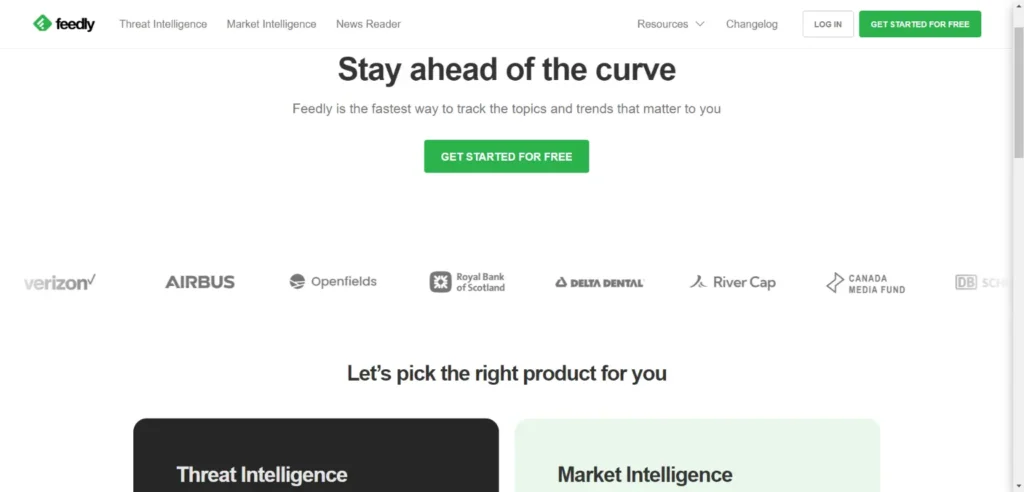
Content Management Systems (CMS)
Examples: WordPress, Drupal
Content Management Systems are powerful platforms for creating, managing, and publishing digital content. Here’s how they facilitate content Curation:
WordPress: WordPress is the most popular CMS globally, known for its flexibility and scalability. With a wide range of plugins and themes, you can customize your WordPress site to suit your content curation needs.
Several plugins designed explicitly for content curation, such as WP RSS Aggregator and CuratorKit, allow you to import and display curated content from RSS feeds or social media platforms.
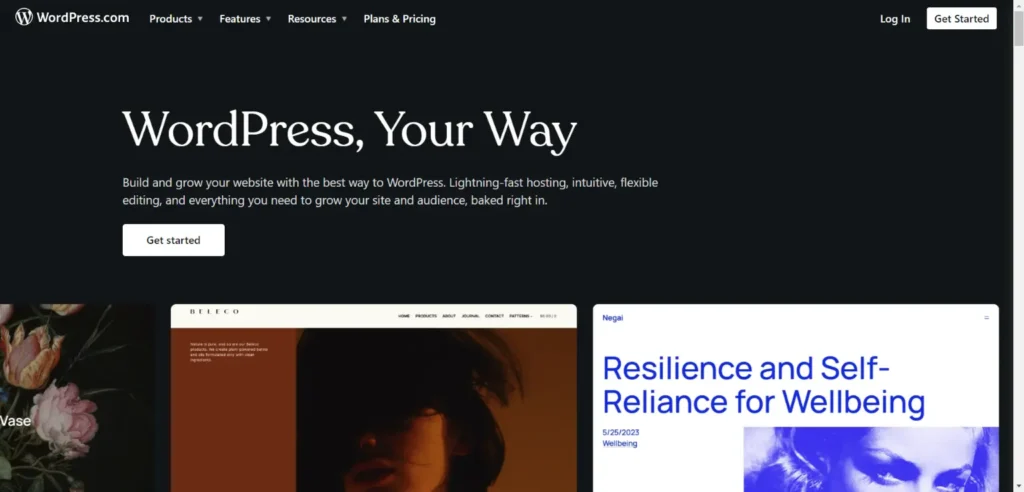
Drupal: Due to its robust functionality and security features, Drupal is a popular CMS among businesses and large organizations. Similar to WordPress, Drupal offers modules that enhance content curation capabilities.
Modules like Feeds and Views can import and display curated content from external sources. At the same time, Workbench provides workflow tools for collaborative content curation and publishing.

Using these tools and platforms properly helps streamline your material. The curation process expands your reach and engages your audience more effectively. Experiment with different tools and platforms to best suit your needs and preferences.
SEO and Content Curation
SEO and content curation go hand in hand. Your curated content can improve your search engine ranking when handled correctly. Here’s how you can optimize your curated content for SEO:
- Insert keywords like “curating digital content,” “content curation manager,” and “website curator” naturally throughout your content.
- Use internal links to direct readers to your related content.
- Implement meta tags and descriptions that include your target keywords.
- Encourage backlinks by sharing high-quality, relevant content that others will want to link to.
The Anatomy of a Successful Curated Post
A well-curated piece should:
- Open with an engaging hook that draws readers in.
- Offer a summary of the original content.
- Provide your take, or a unique insight, on the topic.
- End with a call to action, inviting your audience to join the conversation.
Conclusion
In the age of information overload, Curation is an essential skill for content creators and website curators. By understanding the nuances of Curation, your content can stand out in a crowded digital landscape. Whether you’re a seasoned content curation manager or a newcomer to the craft, these insightful strategies will help refine your approach to curating digital content.
Remember, your audiences rely on you for content and a curated experience that adds value to their day. With this guide in hand, elevate the Curation standard and witness its impact on your brand’s authority and reach. Join the conversation and share your thoughts on Curation with us!
“Content curation is not about collecting all the content you can, but about curating the best of what you find and sharing it with your audience.”
Steven Rosenbaum, Author of ‘Curation Nation’
“Curating content is the next big thing in digital marketing. It’s not just about finding and sharing content; it’s about finding and sharing the best content.”
Michael J. Solomon, Author, and Marketing Professor
FAQs (Frequently Asked Questions)

